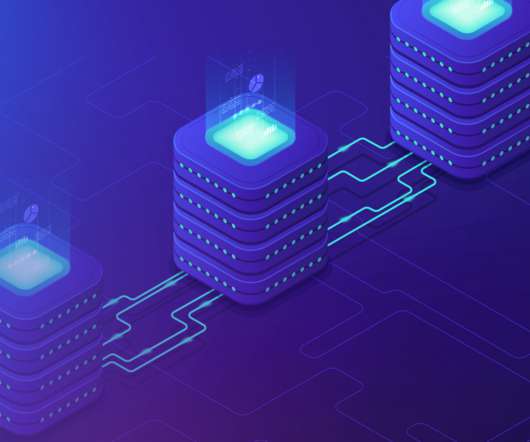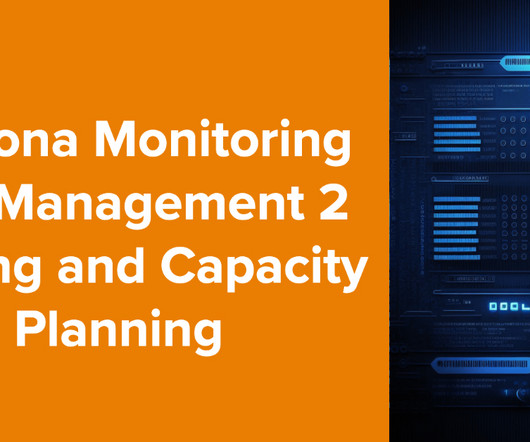Redis vs Memcached in 2024
Scalegrid
MARCH 28, 2024
In this comparison of Redis vs Memcached, we strip away the complexity, focusing on each in-memory data store’s performance, scalability, and unique features. can enhance Redis by handling management tasks, backups, and scalability, facilitating global reach and easy cloud integration for global businesses.











































Let's personalize your content